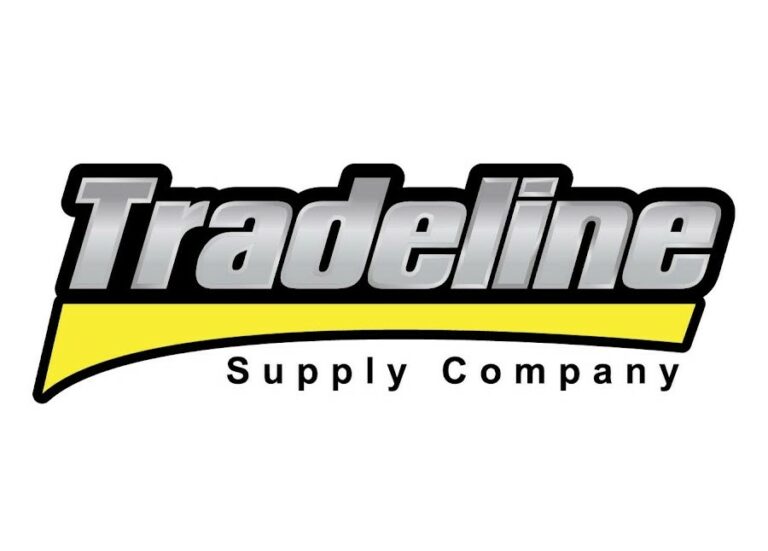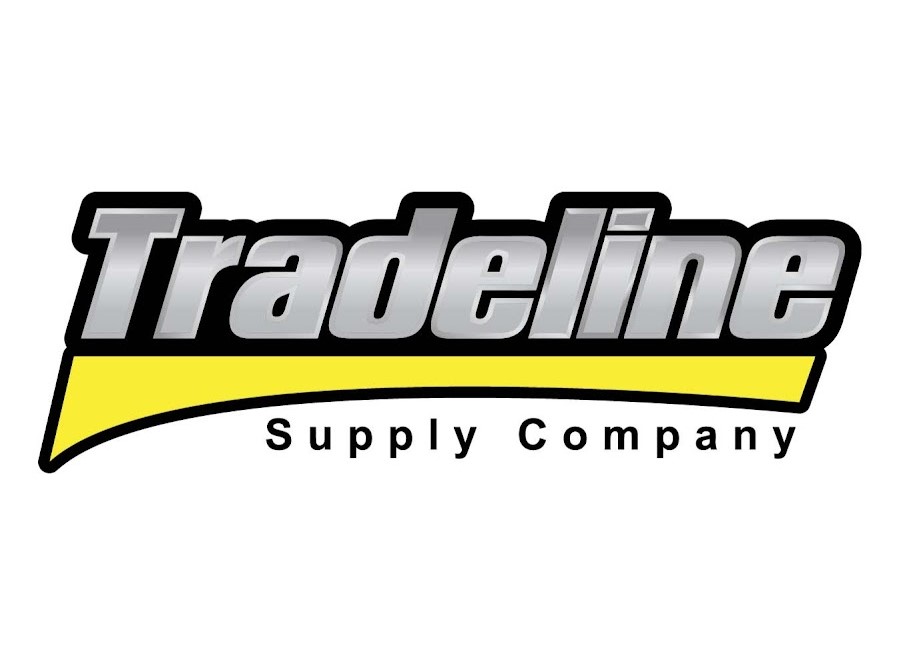What is Total Shareholder Return?

Total Shareholder Return (TSR) is a key measure for investors. It calculates the total returns from multiple cash investments. This includes capital gains, dividends, and other distributions. This means it examines how much money shareholders make from their investments over time.
Capital Gains: Capital gains occur when the share price increases. For example, if you buy a stock for $10 and sell it for $15, your capital gain is $5.
Dividends: Dividends are payments made to shareholders from a company’s profits. A company paying out $1 per share as a dividend adds to your total return.
Other Distributions: Other distributions can include stock buybacks or special dividends.
Investors should measure TSR over time. This helps assess long-term investment success. By tracking TSR, investors can see how well their investments perform compared to others. A higher TSR indicates better financial returns for shareholders.
Why is Total Shareholder Return important?

Total Shareholder Return (TSR) is a vital measure of a company’s financial benefits generated over time. It shows how much value shareholders gain over time. TSR includes stock price changes and dividends, clearly showing how well a company performs for its investors.
Investors use TSR to compare different investment opportunities. They can compare various companies or sectors side by side, which helps them see which investments might be more profitable. For example, if one company has a higher TSR than another, it may attract more interest from investors. Higher TSR often indicates better management and growth potential.
TSR also influences investment decisions. Investors want to know if a company can generate good returns. A strong TSR suggests that the company is doing well and is effective in increasing shareholder value.
Several factors can affect TSR, including market trends, economic conditions, and company performance. Understanding these factors helps investors make informed choices.
How do you calculate Total Shareholder Return?

To calculate Total Shareholder Return (TSR), you can use the following formula:
TSR = ((Current Price – Purchase Price) + Dividends) / Purchase Price) x 100
This formula helps you determine the percentage return on your investment by considering the change in stock price and any dividends received. Simply plug in the numbers for the stock’s current price, original purchase price, and dividends to calculate the TSR.
Applying the TSR Formula
Using the correct purchase price is crucial for accuracy. The purchase price is what you paid when you bought the stock. Knowing the ex-dividend date helps you determine if you received dividends. Missing this date means you won’t get the dividend payment.
Follow these steps to calculate TSR accurately:
- Identify the stock’s purchase price.
- Find out the current price of the stock.
- Look up any dividends paid during your holding period.
- Use the TSR formula to plug in these values.
This method provides a clear measure of your investment’s performance over time. Investors can assess their returns effectively using this calculation.
Understanding how to compute TSR helps investors make informed decisions. It allows them to compare different stocks and evaluate their investment strategies better.
TSR Example
To calculate the Total Shareholder Return for the fictional company XYZ Corporation, you would need to consider both the change in stock price and any dividends paid out to shareholders.
Let’s say XYZ Corporation’s stock price was $50 per share at the beginning of the year. Throughout the year, it increased to $60 per share. Additionally, XYZ Corporation paid a dividend of $2 per share.
To calculate the Total Shareholder Return, you would first calculate the capital gain by subtracting the initial stock price from the final stock price and adding any dividends paid.
Capital Gain = ($60 – $50) + $2 = $12
Next, you would divide the total gain by the initial stock price and multiply by 100 to get the Total Shareholder Return as a percentage.
Total Shareholder Return = ($12 / $50) x 100 = 24%
Therefore, the Total Shareholder Return for the year would be 24% for XYZ Corporation.
What are the benefits of Total Shareholder Return?
Total Shareholder Return (TSR) is a valuable tool for evaluating the effectiveness of management and corporate strategies. By looking at TSR, investors can see how well a company creates shareholder value, including dividends and capital gains.
TSR also serves as a benchmark. Companies can compare their performance against industry standards and competitors. This comparison shows how a company stacks up in the market. If a company’s TSR is higher than its peers, it indicates strong performance.
Investors appreciate TSR because it provides a clear picture of investment profitability over time. It combines earnings from dividends with any appreciation in stock price, giving a complete view of total returns. Based on this information, investors can make informed decisions.
Tracking TSR helps investors better understand their income potential. They can see immediate and interim cash flows and long-term gains, which aids in making smart investment choices.
What are the drawbacks of Total Shareholder Return?
Total Shareholder Return (TSR) has limitations. One major drawback is that TSR may not account for external market conditions. Factors like economic downturns or industry changes can affect stock prices, and these influences might misrepresent a company’s actual performance.
Another limitation is using TSR for short-term investment assessments. Investors often look at quick gains. However, TSR includes long-term data, which can skew results. Short-term fluctuations may not reflect a company’s overall health.
Accounting practices can influence TSR. Companies sometimes use different methods to report earnings, distorting true performance and leading to misleading conclusions about shareholder value. For example, a company might inflate profits through specific accounting techniques, making it difficult for investors to compare companies accurately.
Investors must understand these limitations and consider other metrics alongside TSR. Metrics like earnings per share (EPS) or return on equity (ROE) provide a fuller picture of a company’s financial health.
Total Shareholder Return Pros & Cons

Pros:
- Evaluates management effectiveness and corporate strategies.
- Serves as a benchmark for performance comparison.
- Provides a clear picture of investment profitability over time.
- Helps investors understand income potential for making smart investment choices.
Cons:
- May not account for external market conditions.
- Short-term fluctuations can skew results.
- Influenced by accounting practices, leading to distorted performance comparisons.
- Other metrics should be considered for a fuller financial health picture.
What is considered a good Total Shareholder Return?
A “good” Total Shareholder Return (TSR) often depends on historical averages and industry standards. Generally, a TSR of 8% to 12% annually is considered solid for many sectors. This includes both stock price appreciation and current income from dividends. However, some industries may show higher or lower benchmarks.
Acceptable TSR levels can vary significantly across different sectors. For example, technology companies often aim for higher returns due to rapid growth. In contrast, utility companies usually have more stable but lower TSR expectations. Market conditions also play a role. During economic booms, investors may expect higher overall returns. Conversely, in downturns, lower TSR figures might still be acceptable.
Context is crucial when evaluating TSR figures for individual investments. A company with a 5% TSR in a booming market could be underperforming. Meanwhile, a 5% return during a recession might be impressive. When assessing performance, investors should consider the company’s sector and the broader economic landscape.
For example, if a tech firm shows significant capital gain but low current income, it might still appeal to growth-focused investors. Understanding these nuances helps investors make informed decisions about their portfolios.
Total Shareholder Return FAQs

Here are the most common questions about Total Shareholder Return.
Is Total Shareholder Return a good KPI?
Total Shareholder Return (TSR) can be a good Key Performance Indicator (KPI) for measuring a company’s overall performance. It considers both stock price appreciation and dividends, providing a comprehensive view of how well a company performs for its shareholders.
TSR offers a holistic perspective on shareholder value creation by considering capital gains and income. However, it is essential to supplement TSR with other financial metrics to get a complete picture of the company’s performance and ensure that all aspects are being adequately evaluated.
How often should TSR be evaluated?
TSR should be evaluated regularly, typically annually. This frequency allows investors to track performance and make informed decisions based on recent data.
What is Negative Total Shareholder Return?
Negative Total Shareholder Return (TSR) occurs when the value of a company’s stock decreases over a specific period, resulting in a loss for shareholders. This can happen due to factors such as poor financial performance, market downturns, or negative news impacting investor confidence.
Negative TSR indicates that investors have experienced a decrease in their investment value rather than seeing growth or positive returns. Investors need to monitor TSR to assess the performance of their investments and make informed decisions moving forward.
Can Total Shareholder Return help attract investors?
Strong Total Shareholder Return (TSR) is a crucial factor in attracting investors. Companies with high TSR demonstrate financial success, increasing investor confidence. For example, Amazon’s TSR of over 1,500% from 2010 to 2020 attracted many investors.
Similarly, Tesla’s recent high TSR due to its innovative approach in the electric vehicle market has drawn significant investor interest. Effective management strategies that lead to a strong TSR signal to investors that a company can create value and provide good returns on its investments, making it more appealing to potential investors.
Can Total Shareholder Return predict future performance?
While TSR is a valuable historical measure, it may not reliably predict future performance. Market conditions and company strategies can change, impacting future returns.
How does TSR impact Long-Term Incentive Plans?
TSR metrics are crucial in long-term incentive plans for executives and employees. Companies often use relative TSR to measure performance against peers. This comparison helps determine compensation based on how well a company performs over a specific period. By linking pay to TSR outcomes, companies ensure that management’s goals align with shareholder interests.
Executives focus on achieving higher TSR results because their compensation depends on it. This alignment encourages management to make decisions that enhance shareholder value. For example, if a company pays dividends, it can boost its TSR. This strategy attracts investors who seek sustainable growth.
Companies often set tiered TSR performance targets to reward executives for exceeding benchmarks. These tiers motivate leaders to strive for better results.
Moreover, focusing on TSR can drive strategic decision-making. Management may prioritize projects that lead to long-term gains rather than short-term profits. This shift benefits both shareholders and the company’s future.
What is Total Shareholder Return – Final Thoughts

Total Shareholder Return (TSR) is a crucial metric for investors and business executives. It measures the value that investments and business management generate over time.
Understanding TSR helps make informed decisions and gauge company performance. It’s vital for attracting investors and aligning with long-term goals.
Contact us if you have more questions about Total Shareholder Return (TSR) or to apply for a small business loan. Our alternative business financing can help you find the best financing options to take your company to the next level.











